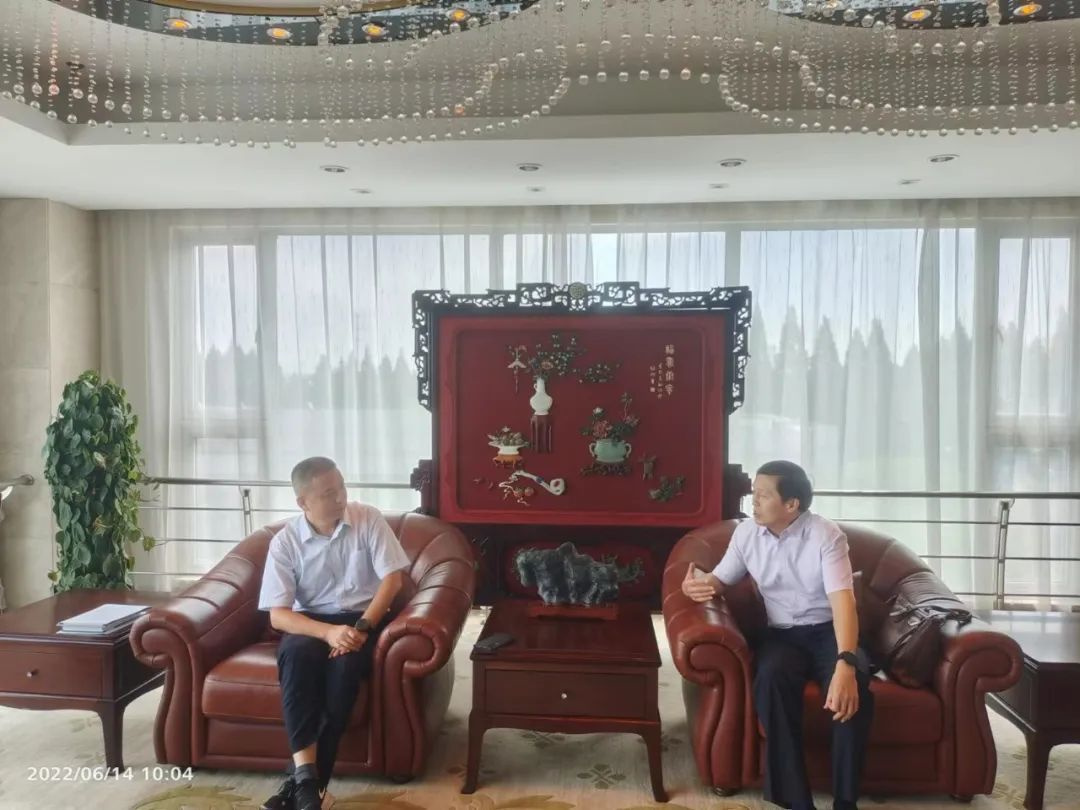Japanese companies are facing the impact of "high price bankruptcy"
Author:China Economic Network Time:2022.08.26
According to statistics from the Empire Data Banking of the Japanese Credit Investigation Agency, from January 2018 to July 2022, a total of 558 cases of "high price bankruptcy" of Japanese companies, of which 116 cases from January to July 2022, in July alone, will be single month in July. 31 cases appeared, an increase of 82.4%year -on -year. Imperial Data Bank predicted that the relevant data in August could reach a new high. "High Price Bankruptcy" has become an important issue facing the Japanese government and enterprises.
"High price bankruptcy" refers to the promotion of "rising purchase prices such as crude oil, fuel, and raw materials, and the company is forced to pass the cost due to the pressure of customer pressure, which occurred in the phenomenon of" price increases ". Essence From the perspective of industry categories, according to the statistics of Empire Data Banking, among the "high -priced bankruptcy" companies in 2022, the number of transportation industries with a large increase in fuel prices ranks first, reaching 33 cases, accounting for about 30%; There are also construction and wholesale industries affected by rising prices such as wood, as well as companies related to beverage foods that are affected by the rising price of wheat and oil. It is worth noting that about 80 % of the "high -priced bankruptcy" enterprises are small and medium -sized enterprises with liabilities less than 500 million yen.
According to the analysis, the phenomenon of "high -priced bankruptcy" in Japanese companies is the result of high operating costs and high living pressures in the context of high prices. Since the beginning of this year, affected by the Ukrainian crisis and the Federal Reserve ’s interest rate hikes, Japan’ s energy shortage, the yen has depreciated sharply, and the cost of fuel, raw materials, and logistics has soared. Since last year, the prices of world wheat and oil have continued to rise, and the rise in logistics costs, packaging materials and electricity costs caused by high oil prices have greatly increased the operating costs of SMEs. Not only that, this year Japan raised its minimum hourly salary, and further increased the labor cost of small and medium -sized enterprises. In addition, with the depreciation of the yen and the shortage of energy, the pressure of ordinary people has increased accordingly, and does not support enterprises to increase prices due to rising operating costs. In order to ensure operations, small and medium -sized enterprises can only control the passage of costs to the greatest extent. The operating costs have continued to increase, but the price increase is difficult to do. In the end, closing the door to thank the guests is helpless.
In the face of the impact of "high price bankruptcy", the Japanese government takes measures to respond, but the actual effect still needs to be tested. According to Japanese media reports, the government recently held a meeting of "Prices, Wages, and Life Comprehensive Countermeasures" meeting. Japanese Prime Minister Kishida Kishita issued instructions to relevant cabinet officials to maintain the sales price of imported wheat unchanged and curb fuel prices after October. Kishida Wenxiong said, "It will take uninterrupted bold measures." In terms of cost transfer countermeasures, through the two "price consultation promotion month" in March and September each year, the price negotiation between order is promoted, and appropriate costs are passed on the rising part of the cost. The SMEs of the Economic and Industry of the Economic and Industry are targeted at about 150,000 SMEs to implement follow -up investigations related to price negotiations and passes. Based on the results The delivery party of changes conducts administrative guidance.
However, a survey implemented from early May to early June of the Small and Medium Enterprise Department showed that among SMEs, the proportion of enterprises that have achieved nearly 6 months of cost increases for nearly 6 months "The left and right companies accounted for 22.9%, the highest proportion; 22.6%of the enterprises" could not achieve cost transfer at all. " The results of the survey prove that although the government is strengthening the response measures, the phenomenon of poor cost transfer has not been eased. Regarding the essential reasons that the cost of the cost in the inter -enterprise transaction, the cadres of the provincial and provincial cadres pointed out: "The cost of reducing costs is the source of the competitiveness of the Japanese manufacturing industry '."
Regarding the "high price bankruptcy", the Minister of Information of the Imperial Data Banking Department of Information Square, Shang Xiyao, expressed concern. He believes that "this is just a program. From this fall to the end of the year, due to the high raw materials and energy costs, this phenomenon also It will continue. " In addition, in addition to the "bankruptcy of high prices", due to the severe situation of the new crown pneumonia in Japan, the case of bankruptcy of employees' departure and recruitment is also a new high. Imperial Data Bank said that the phenomenon of "manpower is not enough bankruptcy" may also emerge endlessly. Essence However, by improving labor expenses to ensure labor, it will in turn increase the operating costs of the enterprise. How to coordinate the common interests of the people and enterprises by the Japanese government's measures has become the key to solving the problem of "high price bankruptcy". (Economic Daily reporter Chen Yitong)
- END -
Yangzhou State -owned Assets Supervision and Administration Commission Government Service Commissioner in -depth Danglian Enterprise Visiting Service

Zhonghong.com Jiangsu, June 17th. In order to implement the spirit of the Yangzhou...
Please pay attention to travel, these bus stops have been adjusted

recentlyWuhan City Transportation BureauPublish multiple announcementsInvolved in ...